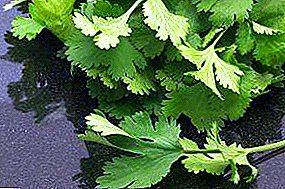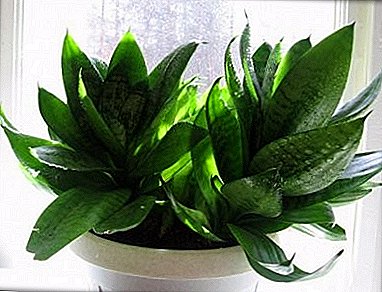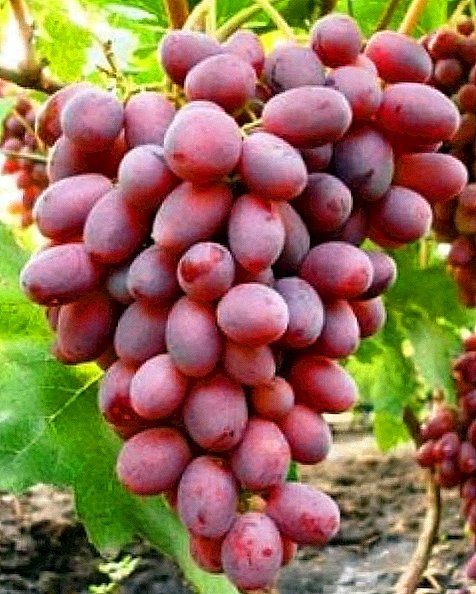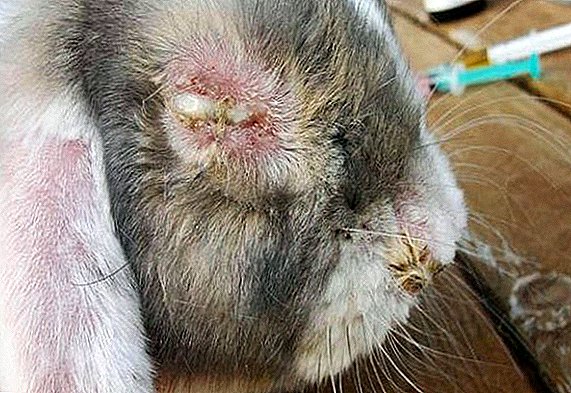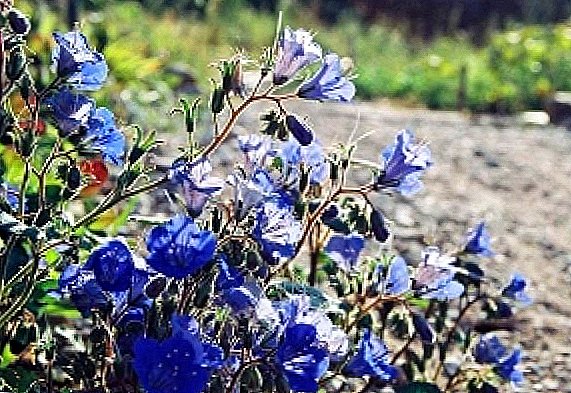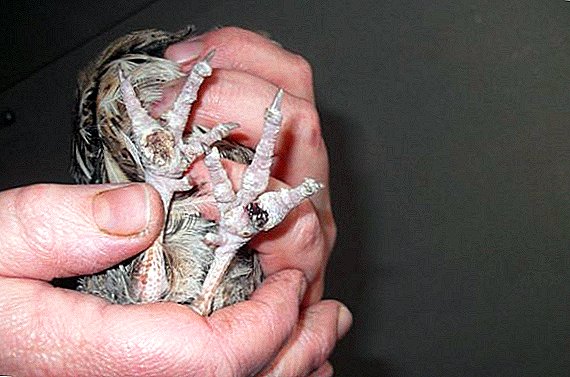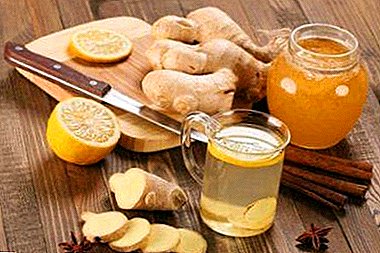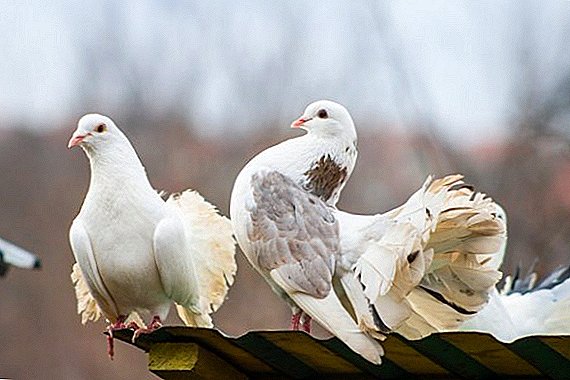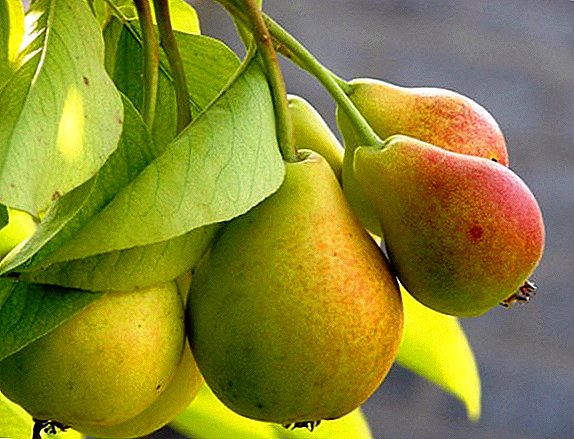 With the word "duchess", many people remember the memories of the famous lemonade or sweet candy from their childhood. For gardeners, this wonderful word means a dessert pear variety with a great sweet taste. The summer variety of this fruit, also called "Williams summer", amateur gardeners will be able to grow in their garden with ease, and then they will be able to harvest a rich harvest if they know and follow certain rules and secrets.
With the word "duchess", many people remember the memories of the famous lemonade or sweet candy from their childhood. For gardeners, this wonderful word means a dessert pear variety with a great sweet taste. The summer variety of this fruit, also called "Williams summer", amateur gardeners will be able to grow in their garden with ease, and then they will be able to harvest a rich harvest if they know and follow certain rules and secrets.
Breeding history
Homeland pears of a universal type and active diverse use of "Duchess" was the county in the south of England - Berkshire, where, back in 1796, this amazing species was created by the breeder Wheeler. Another name for pears "Duchess summer" is the name "Williams summer" or "Williams Bon-Chretien." Yes, this is not a mistake, the variety really bears the name of another person - Williams, thanks to which a group of these fruits has spread all over the world and now we have the opportunity to enjoy a magnificent aftertaste of the fruit. The etymology of the name comes from the French "ducheese", which literally means "duchess". 
Did you know? In China, the pear is considered a symbol of immortality, and a broken pear tree is a bad omen.
Tree description
The tree of “Dushes Summer” has a wide pyramidal shape, is distinguished by strong or medium growth and dense foliage, as well as by good tolerance of winter cold. The bark and branches have a smooth surface and are distinguished by a light grayish color. Shoots are straight, arched and thick, with a considerable number of lentils. Large leaves of a rounded oval shape with tapers at the ends are distinguished by their inherent smoothness and brilliance.
Learn more about such varieties of pears as: "Dukhmyanaya", "Belarusian Late", "Thumbelina", "Tenderness", "Rossoshanskaya dessert", "Everlasting", "Chinese pear", "Krasulya", "Bergamot", "Just Maria "," Elena "and" Nika ".
Fruit Description
Pears "Williams Summer" have a wide shape of medium size (80-180 g) with an elongated tip. The fruits have a slightly tuber-like surface, a thin peel of a golden-green color, and also a pronounced sweet-smelling honey aroma. The structure of the pulp is tender and juicy with fine cream-colored granules. On a five-point scale, the fruit is rated by tasters at 4.8 points: still, after all, the wine-sweet taste of the fruit with subtle notes of muscat will not leave anyone indifferent. 
Important! Pear juice has unique properties that can remove allergic manifestations of the body. The fruit is quite famous for therapeutic purposes - it is part of many anti-cold remedies, and the low calorie content of fruits allows them to be included in the dietary menu.
Lighting Requirements
It can be concluded from the description of the appearance of the Williams Summer pear (rare crown, weak branching and wide layering) that this is a light-loving variety. For its comfortable life and productive harvest, it is necessary to plant on the sunny part of the garden, because in case of insufficient illumination the tree will develop poorly.
Soil requirements
Fertile soil with black soil or alluvial soil, light loam, as well as ensuring sufficient moisture - is the key to a successful harvest of "Summer Duchess". In addition, you need to take care that the roots inside the earth have the opportunity to grow deep into and to the side, but the holes need to be done no more than 1 m in depth and 70 cm in width. Planting is usually done in the second decade of April, before budding trees appear on the trees. The surface covering of the soil with mulch (weeds, humus or straw) must be done in the fall before the first drops in temperature and rain.  When planting a tree, it is also recommended to install an anti-wind base - a stake deeply planted in the ground next to the seedling and tied to it by the G-8 method is suitable for this.
When planting a tree, it is also recommended to install an anti-wind base - a stake deeply planted in the ground next to the seedling and tied to it by the G-8 method is suitable for this.
Important! "Summer Duchess" grows poorly on sandy and crushed stone, and especially saline or marshy areas.
Pollination
This variety belongs to the group of self-infested, therefore for its fruiting it is necessary the neighborhood of other pollinators. The most suitable for pollination of the variety “Williams Summer” will be its congeners: wild or garden species “Forest Beauty”, “Pass Krassan”, “Klapp's Pet”, “Olivier de Serre”, Bere variety “Ardanpon” and “Bosc”.
Fruiting
The fruiting process usually begins 5 to 6 years after planting. Fruits are tied in a pair-three pieces and tightly attached to the stem, which allows them to stay on the branches for a long time.
Flowering period
The inflorescences of the Williams Summer plant are usually collected in 6-7 flowers. The flowering period is quite a long and late process; However, during this period, the tree adapts well to the dynamics of air temperature and the general climate regime. 
Gestation period
To sing the fruits of "Dushes summer" begin in August. In describing the process of ripening pear "Duschess Summer", first of all, you should pay attention to the dynamics of the color of the fruit: a slightly greenish peel is more noticeable and quickly becomes bright yellow with small dots of black.
Did you know? Pear wood is striking in its strength: today, furniture, musical instruments, architectural and engineering rulers, as well as kitchen utensils (plates and mugs) and other equipment are made from this material.
Yield
Productivity is quite good and reaches the level of 250 kg from one tree. Begin to harvest pears in mid to late August. Due to the fact that the fruits are not showered, you can not rush to pluck them immediately after ripening. 
Transportability and storage
The ability to transport fruit is at a good level if the pears are still more or less firm and not overripe. The fruit can be stored for a long time, first in the trees, and then in the refrigerator after harvesting. The shelf life of torn fruits ranges from 5 to 7 days, when harvesting hard pears - 14 days, and if storage conditions are cold - up to 1.5 months.
Disease and Pest Resistance
Unfortunately, the variety is poorly resistant to diseases and various pests, which leads to frequent damage to the tree by a fungal disease - scab. Among the insects that interfere with the normal development of the tree, can be called aphids and the nursery. Even lovers of tree bark are hares, so if rodents began to visit your site, you should take care of the construction of a fence or other fence. 
Important! Against scab, the treatment of the plant at the end of the flowering period with copper extract of oxychloride (0.5%) helps, while severely affected leaves must be burned. The soil around the tree is treated with a mass of nitrafen (0.3%).
Prior to the appearance of buds on the trees, it is necessary to make a preventive or curative treatment of the hedgehog with the solution of Olekuprit or Karbofos in the proportions of 90 g of the medicinal product to 10 liters of water.
Drought tolerance
If we talk about the adaptation of the pear “Dushes summer” to warm or hot changes in weather conditions, then the level of drought resistance is low. As for watering, in this issue the young tree is very demanding, since the roots of the plant are not yet firmly formed. It is necessary to carry out watering in the periods preceding the spring flowering, after the end of the last, as well as in the first decade of autumn.  Only after the root system grows deep into the soil, the plant will be able to fully feed on moisture due to underground soil layers. To avoid obvetrivaniya, you must choose a landing protected from the winds place.
Only after the root system grows deep into the soil, the plant will be able to fully feed on moisture due to underground soil layers. To avoid obvetrivaniya, you must choose a landing protected from the winds place.
Did you know? Before Europe began to smoke real tobacco, the inhabitants of the continent smoked pear leaves. Today, regular rinsing of the mouth with a decoction of fruit leaves and cranberries can help to quit smoking each time you want to smoke. Eating citrus, black currant, as well as pears will help remove nicotine and replenish vitamin C reserves in the body’s cells, which decrease during smoking.
Winter hardiness
The level of winter hardiness "Dushes" is low, so that it is rational to cover him for the winter. It is recommended to wrap the bottom of the tree with a cotton cloth or newspaper. Heat exchange between the roots and other parts of the plant is provided with the help of fallen snow: for this, a large amount of snow is placed around the cutting.
Fruit use
Pears of the summer variety "Duchess" or "Williams" are good to use both in fresh and in processed dessert form (compotes, juices, jams, candied fruits). In addition, dried pears have long been used as breakfast cereals.
Advantages and disadvantages
The fruits of any pear variety cannot be absolutely perfect, each of them has its pros and cons, but if you know the weak points, you can save the tree from possible negative consequences and collect a good harvest.
We advise you to familiarize yourself with all the subtleties: planting (autumn or spring), grafting and trimming of the pear tree.
pros
Among the positive aspects of pears like "Duchess" or "Williams Summer" can be called:
- a unique complex of vitamins and minerals in the fruit;
- rich harvest, growing in a variety of climatic conditions;
- attractive appearance of the fruit, tender and juicy flesh, sweet spicy taste;
- wide selection for use;
- unpretentiousness in cultivation (both garden sites, and the big industrial territories);
- long storage period of the harvested crop;
- recyclability.

Minuses
Despite the significant list of advantages, pears of this variety have negative properties:
- poor resistance to diseases and insect pests;
- low level of drought resistance;
- average tolerance of the cold season and frost.
Thus, we learned about the features of planting and growing pears of the summer variety “Dyushes”, as well as about what kind of harvest awaits us while observing all these rules. It should be noted that this type of fruit remains the favorite not only of gardeners, but also of their families, especially children, who are so happy with pear treat.


